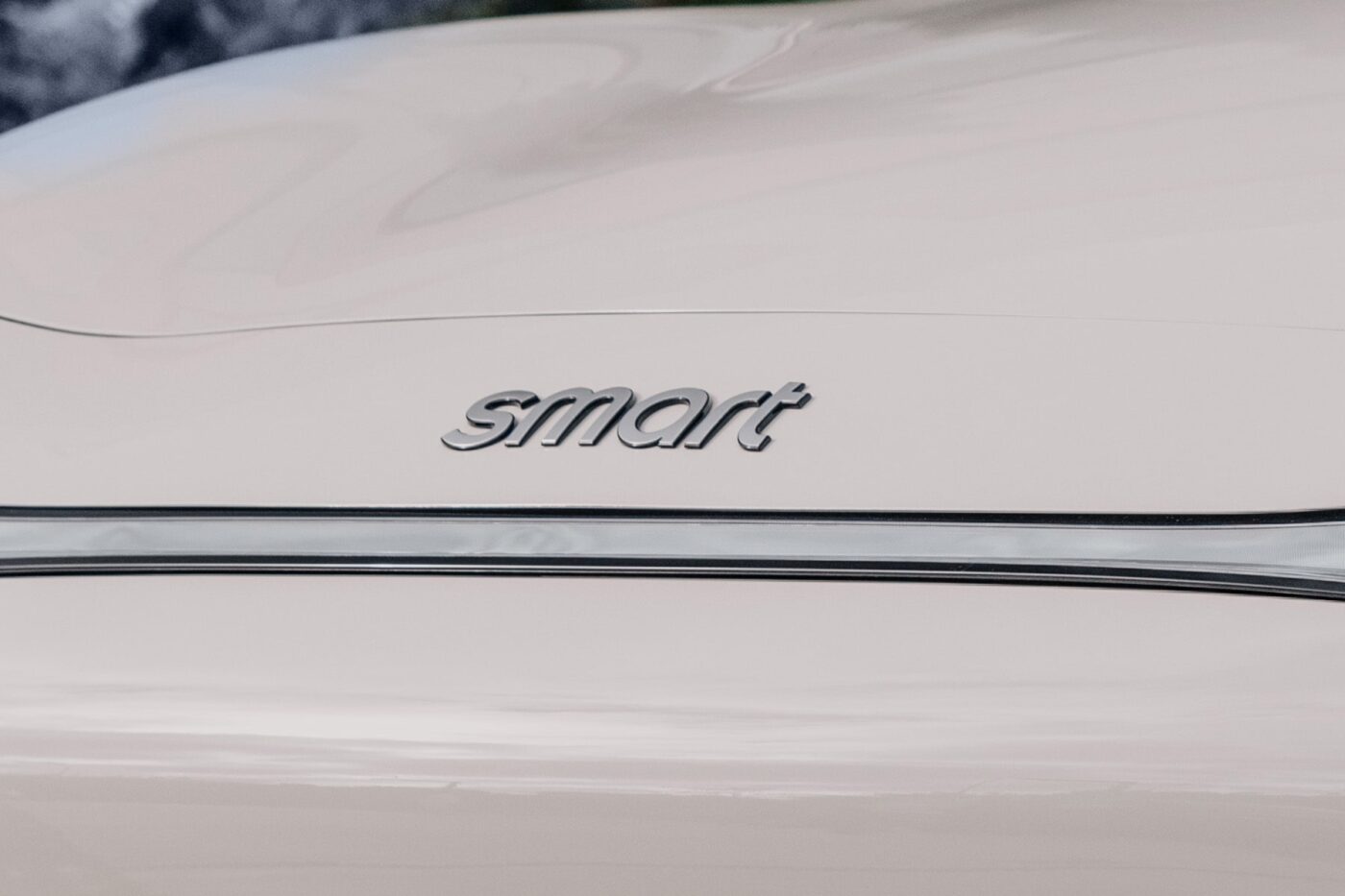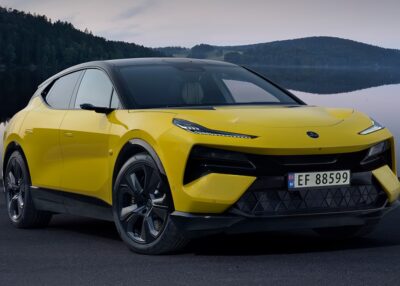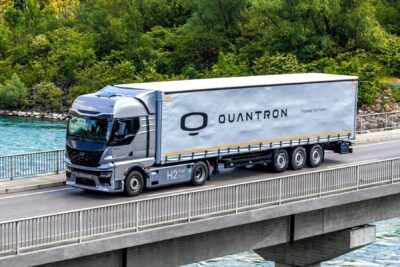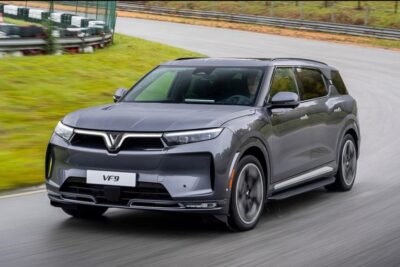Smart develops new electric two-seater called #2
Following the end of production of the electric Fortwo, Smart has begun developing a successor based on a new platform called Electric Compact Architecture (ECA), Dirk Adelmann, CEO of Smart Europe, said in an interview with Automotive News Europe. However, the manager did not reveal when such a model could launch.
The major challenge with the project – as with other small electric cars – is cost. Although the joint venture between Mercedes-Benz and Geely has already designed and developed a new platform, other fundamental questions still need to be addressed. Smart is still looking for partners to share the costs so that the Fortwo successor, the Smart #2, can actually hit the road.
“Two months ago, we began working on a new, dedicated platform to underpin a future Smart two-seat city car, but we need partners to make its business case feasible,” Adelman said.
Renault will probably not be a partner again
To keep costs as low as possible, Smart has already looked for suitable platforms within the Group that could have been shortened to 2.70 to 2.80 metres for an electric two-seater. At the same time, such a vehicle would have had to offer a premium feel and meet high safety standards. Talks with other car manufacturers, including Renault and Chinese manufacturers, apparently failed to produce any results. The negotiations with Renault are particularly interesting, as the French are not only developing a new small electric car themselves, the Twingo, but were also partners in the third Smart generation – the Smart Forfour and the current Twingo were built in the same factory.
“We want to stick to four- or five-star crash test rating on the Euro NCAP, to ADAS functionalities like in our #1 and #3, to have a decent range,” Adelmann said. “Definitely we have to develop a platform, because unfortunately it does not exist yet.” Should the EV be approved for production, it would be a Smart-owned platform.
The potential for such a model is there, said Adelmann, citing retailers and customers. They are looking for a model that combines the dimensions and manoeuvrability of the old Fortwo with an electric drive and state-of-the-art connectivity. However, Adelmann did not want to comment on the quantities involved. With his remark that the vehicle will be designed to offer a “premium feel,” it seems clear that the Smart #2 will not (only) be sold because of its price.
Only one thing is clear: Smart has skipped the 2 in its current models, #1 and #3, to keep open the possibility of a Fortwo successor with this code number – the model will likely launch under this name. When Smart announced the SUV Coupé #3 as a complementary model to the electric SUV #1, there were speculations that the #2 was skipped, as “Number Two” is also used in other contexts in the English-speaking world.





13 Comments